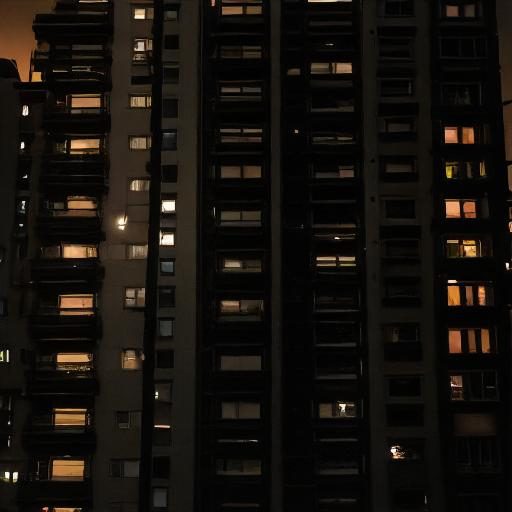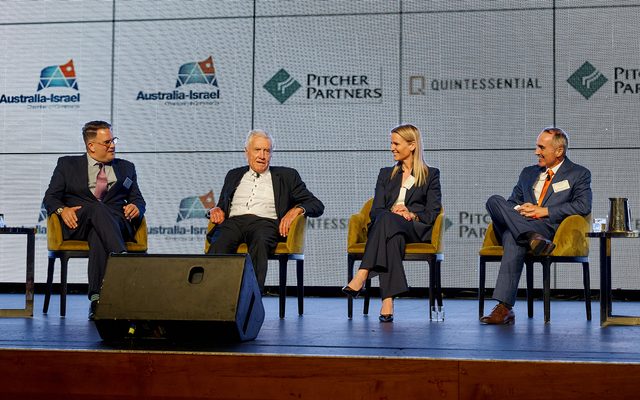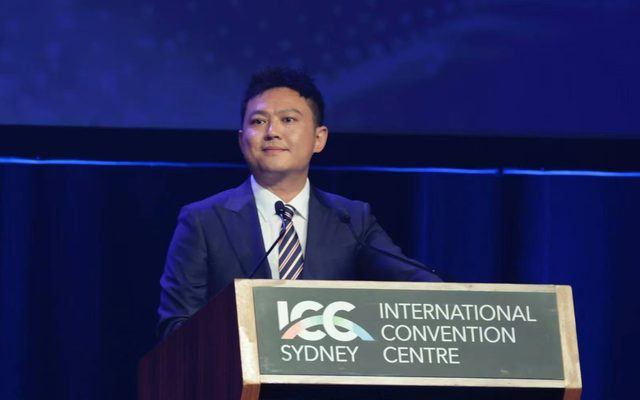This article is from the Australian Property Journal archive
VICTORIA’S Allan government is cracking down on empty properties across Melbourne that could be filled by people in need of a home, after an investigation found hundreds of homes were liable for the new vacant residential land tax (VRLT).
From 1st January 2025, VRLT will apply to homes across all of Victoria if they are vacant for more than six months in the preceding calendar year, as the government tries to encourage owners of vacant homes to make these properties available to live in amidst a housing crisis.
The tax currently only applies to Melbourne’s inner and middle suburbs.
Melbourne’s vacancy rate was at just 1.23% in April, according to PropTrack.
A compliance investigation by the government that targeted five apartment buildings found 177 properties were liable for VRLT – resulting in 337 VRLT assessments covering the 2019 to 2024 land tax years. The investigation will now expand to another 13 apartment towers, as well as houses in the inner and middle suburbs of Melbourne.
“We know we need more homes for Victorians, and by cracking down on vacant properties we are easing the housing pressures being felt across the state,” said Treasurer Tim Pallas.
“Expanding vacant residential land tax will free up empty houses for rent and sale, boosting supply and making homes more affordable.”
The use of a vacant residential property in 2024 will impact its liability for VRLT in 2025. An apartment not used as a principal place of residence will need to be rented out for at least six months to avoid receiving a VRLT assessment next year.
An escalating rate of tax will also apply, based on the number of consecutive years the land has been liable for VRLT.
Existing dwellings that are vacant for one year will still pay 1% of the capital improved value, but those vacant for two consecutive years will pay 2% and those vacant for three or more consecutive years will pay 3%.
Holiday homes are typically exempt from VLRT, and this exemption has been expanded to include properties held in trust or owned by companies. Any property that is exempt from land tax – including property used for primary production or owned by a charity – is also exempt from VLRT.
From 1st January 2026, the VRLT will be expanded to apply to empty residential blocks in the inner and middle parts of Melbourne, in a bid to discourage land banking and incentivise owners to build more homes.
The Victorian government’s Housing Statement aims to deliver 800,000 homes across the state over 10 years, with around half of that timeframe overlapping with the National Housing Accord that aims to deliver 1.2 million “well-located” homes across the country.
In this month’s state budget, the government allocated another $107 million to progress the $5.3 billion Big Housing Build. The program claims 9,200 homes completed or underway. The government says it is on track to deliver more than 12,000 new social and affordable homes and create more than 40,000 jobs in construction. A further boost in social and affordable housing will come via national cabinet’s Housing Australia Future Fund, National Housing Accord and Social Housing Accelerator programs.
Homelessness in Victoria was up 24% over the last five years, with one in two areas experiencing growth of more than 20%, with the state also recording a 5.3% increase in the use of homelessness services between December and March.




